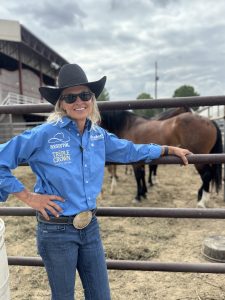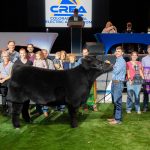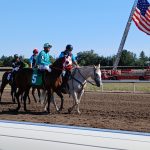R-CALF USA statement on reported human case of new world screwworm
Recently, news agency Reuters reported that a human case of new world screwworm (NWS) was confirmed in the United States by the U.S. Centers for Disease Control and Prevention, perhaps as early as Aug. 20, but without any disclosure to the public. Additionally, Reuters reported that only certain cattle and beef industry participants were informed of the pest’s detection. The pest was reportedly detected in Maryland in a person who traveled to the U.S. from Guatemala.
According to the U.S. Department of Agriculture, the NWS is a devastating pest that “threatens over $100 billion in United States economic activity tied to the cattle and livestock industry alone.” Agriculture Secretary Brooke Rollins recently announced a multi-pronged, multimillion-dollar strategy to prevent the NWS from entering the United States.
Cattle futures markets are expected to react negatively to any reports of a U.S. detection of NWS, as was demonstrated in May when a false report of an NWS detection was publicly disseminated in Missouri, causing a temporary market sell-off. R-CALF USA requested the U.S. Commodity Futures Trading Commission investigate the false report because it may have caused financial injury to persons who traded live cattle futures or sold their cattle in the cash market.
In response to the USDA’s planned reopening of the U.S. border to live cattle imports from Mexico beginning July 7, R-CALF USA and 18 local and regional cattle groups urged Rollins to maintain the ban on the importation of live cattle from Mexico to prevent the pest from entering the U.S. through infected livestock, and to maintain the import ban until the USDA verifies that Mexico has fully eradicated the pest from within its borders. The request to maintain the ban was ignored, and Mexican cattle were allowed entry into the U.S. on July 7, but the ban was quickly reinstated within two days when the USDA reported that the NWS had advanced to within 370 miles of the U.S. border.
With this backdrop, R-CALF USA CEO Bill Bullard issued the following statement in response to yesterday’s Reuters report indicating that neither the CDC nor the USDA had disclosed to the public the detection of a case of new world screwworm, but instead, one or both agencies had selectively notified only certain industry participants of the detection, thereby according them insider information regarding an issue with potentially severe financial ramifications:
“We are deeply concerned that if the publicly disseminated Reuters report is accurate, including its implication that only select industry participants were timely informed of the detection of this devastating pest in the United States, then our governmental system is fundamentally broken.
“Independent U.S. livestock producers rely exclusively on the USDA to protect the health and safety of their livestock herds against the introduction of foreign pests and to protect the integrity of their U.S. livestock markets by preventing manipulation.
“Without transparency and symmetrical information dissemination to all industry participants — including to producers whose livelihoods could be severely impacted by not receiving information selectively provided to others — there can be no trust between industry participants and the government.
“If a human case of new world screwworm was confirmed on or about Aug. 20, and if that fact was secretly disseminated to only a select group of industry insiders, but not simultaneously shared with all organizations representing independent livestock producers, or even with state veterinarians instrumental in disease and pest surveillance, then we ask for a full investigation of this incident and the establishment of a new world screwworm task force comprised of representatives of each sector of America’s livestock industries to ensure future transparency and the proper allocation of resources to protect America from this devastating pest.”



